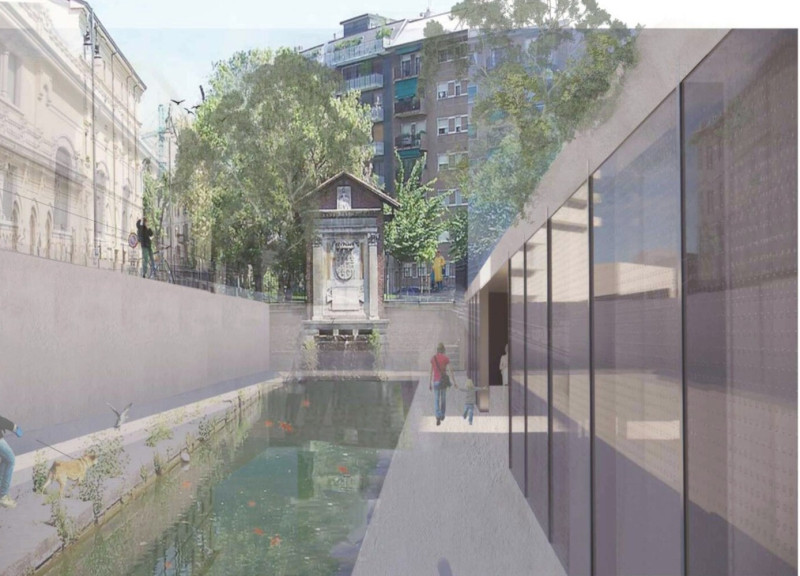5 key facts about this project
The revitalization of the Navigli in Milan aims to reconnect the historic waterways with the urban landscape. This initiative enhances environmental quality and fosters social interaction. Positioned in a culturally rich area, the design focuses on transforming neighborhoods into lively spaces. Drawing on the principles of aquatic and vegetal faults, the vision is to create an interconnected environment where natural elements blend with urban settings.
Design Framework
A key aspect of the design is how it partitions the urban space to energize the streets. By integrating water features and green areas, the project seeks to enhance the quality of life for those who live and visit the area. This focus on nature aims to restore essential links to the waterways, reminding the public of the Navigli's historical importance in city life.
Heritage and Community
The project emphasizes the enhancement of Milanese heritage through carefully designed structures that provide new social spaces. These additions resonate with the city's historical background while catering to present-day needs. Cafes, restaurants, and gathering areas are strategically placed along the waterfront to improve community interaction. This not only invites people to come together but also enriches the cultural atmosphere of the Navigli.
Mobility Focus
Mobility is another important topic within the design. The plan promotes the reorganization of transportation to support pedestrians and cyclists. By reducing reliance on cars, it aims to create safer and more accessible public spaces. This approach aspires to make the Navigli an inviting area, encouraging walking and cycling as primary means of movement through the neighborhood.
Visual Integration
The vision for the area includes various visual representations that highlight the relationship between users and the historical environment. These illustrations show how water features can encourage biodiversity, adding to the urban ecosystem. The design invites exploration, making the Navigli a significant resource for both cultural activities and leisure.
Every architectural detail contributes to the character of the site, preserving its historical significance while adapting to contemporary requirements. The Navigli is positioned to celebrate its past and offer a welcoming space for future generations.





















































